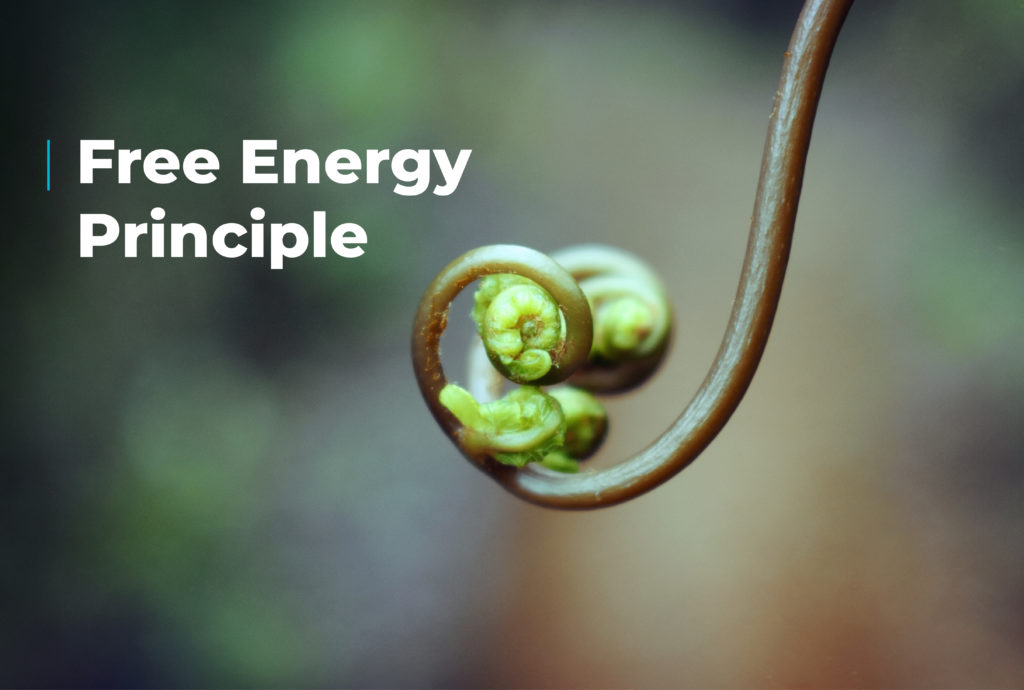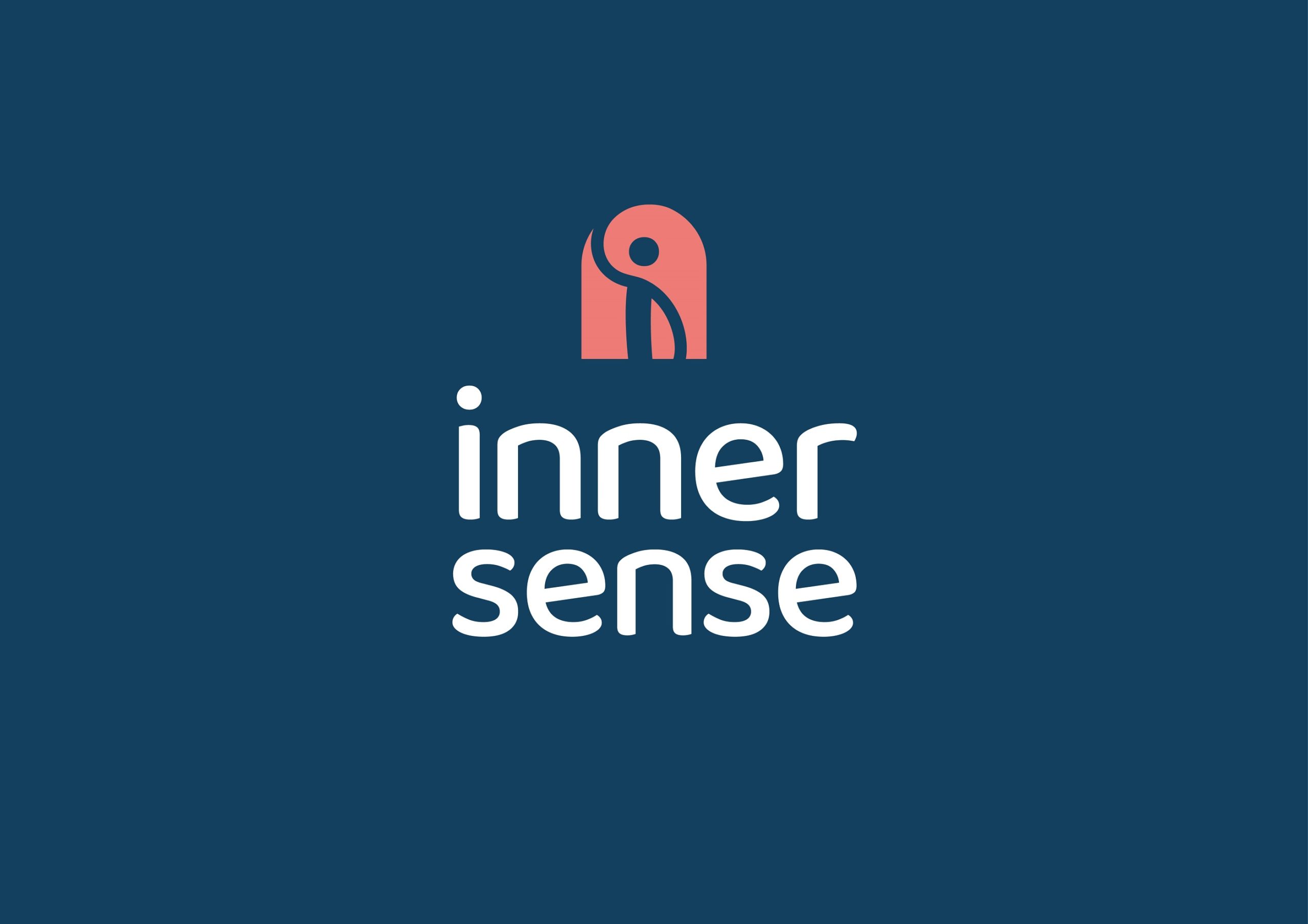Ever wondered what it means to be alive? What is the key factor that separates us and other living organisms from inanimate objects? You’re not alone, it’s a topic that’s troubled scientific communities for many years. But in 2006, English professor Karl Friston introduced his free energy principle (FEP) to the world.1 In this post, we pick over the bones of his fascinating, controversial (and some would say inaccessible) theory to provide a jargon-free explanation of what the free energy principle is, why it’s so important and how it links in with other concepts like interoception.
The free energy principle explained
The FEP is a set of conditions that, according to the principle, all living things conform to. It helps us better understand how our bodies and brains work together to maintain their structures and resist the tendency of lifeless matter to gradually dissolve into its environment.
To understand the FEP, think about the difference between something that’s alive, like an apple ripening on a tree, and something that’s not, like the apple after it’s fallen and started rotting away on the ground.
What’s the fundamental difference? The apple hanging on the branch is highly organised and has a recognisable structure, which it’s able to maintain. The rotting apple, conversely, is slowly decaying, losing its structure, and merging into its environment.
The FEP states the way apples, and indeed all living organisms, resist dispersion is because they’re impelled to minimise surprise and resolve uncertainty. The gap between what you expect and the reality of the world around you is what Professor Friston calls free energy.
Why is the free energy principle radical?
The FEP is so ground-breaking because it’s the first theory that unifies observations made by different fields of research such as biology and physics, creating a lens through which the views converge.2 A bit like when Albert Einstein unified relativity and quantum mechanics with his famous E=mc2 equation.
The free energy principle and interoception
Some pioneering researchers have taken a big leap from the mathematical foundations of the FEP and have progressed from explaining simple self-organising structures like apples to explaining the behaviour of social creatures like foraging ants, flocking birds and even Facebook-using humans. This has led to the development of the idea of interoceptive active inference 3.
As we covered in our article on body budgeting, humans and animals have a very nifty and energy-efficient way of staying alive. We’ve evolved to become prediction-making machines, with our brains anticipating our bodies’ needs in our ever-changing surroundings and deciding in advance where best to spend resources.
When the brain senses an adjustment is needed, it uses our memories and experiences to automatically predict how it can fix the gap between where our energy levels are and where they should be. In the case of interoceptive active inference, our brain anticipates our needs and takes action to regulate the body’s internal functions accordingly, like increasing or reducing heartrate, blood pressure and oxygen levels.
The free energy principle and mental health
The FEP along with associated concepts such as active inference may offer new insights for practitioners working in the field of mental health or emotion regulation.4 5
Sometimes the predictions our brains make about the world around us are off the mark. Imagine a person with a phobia of common, non-venomous household spiders. When seeing a small spider in the corner of the room, they react as though it were a giant man-eating tarantula. Cue increased heartrate, some screaming and a hasty retreat away from the tiny arachnid!
This is an example the brain failing to minimise free energy, the gap between what’s expected and the reality is too wide and can be costly. Over time, this can have a profoundly negative affect on mental and physical health. According to the FEP, this is what’s happening in situations of chronic stress or trauma.
It’s my belief that Professor Friston’s principle, together with concepts like interoceptive active inference, will help unify existing approaches used by practitioners from many disciplines including:
- Trauma-informed therapy based around Polvagal theory – helping people move from perceptions of threat to safety
- Desensitisation therapy for allergy or hypersensitiveness
- Therapy for phobias – such as interoceptive exposure therapy with CBT
FEP isn’t without its critics. Friston himself acknowledges the principle can’t be fully proven or disproven. 6 And the dizzying mathematical framework behind the FEP (which even trying to begin to explain is beyond the scope of this article) has also been criticised for being very difficult to understand, even for the experts. However, the gist of what Professor Friston’s maths aims to convey is at least more straightforward and has the potential to revolutionise how we understand life as we know it. 7
Find out more
For more information on how we can apply new scientific insights to our everyday health and wellbeing, please sign up to the Restoring Balance newsletter.
Active Inference: The Free Energy Principle in Mind, Brain, and Behavior, by Thomas Parr, Giovanni Pezzulo and Karl J. Friston was released on 29th March 2022
- Friston K, Kilner J, Harrison L. A free energy principle for the brain. J Physiol Paris. 2006 Jul-Sep;100(1-3):70-87. doi: 10.1016/j.jphysparis.2006.10.001. Epub 2006 Nov 13. PMID: 17097864.
- https://www.nature.com/articles/nrn2787
- Seth AK, Friston KJ. Active interoceptive inference and the emotional brain. Philos Trans R Soc Lond B Biol Sci. 2016 Nov 19;371(1708):20160007. doi: 10.1098/rstb.2016.0007. Epub 2016 Oct 10. PMID: 28080966; PMCID: PMC5062097.
- Holmes J. Friston’s free energy principle: new life for psychoanalysis? BJPsych Bull. 2021 Feb 18:1-4. doi: 10.1192/bjb.2021.6. Epub ahead of print. PMID: 33597069.
- Demekas D, Parr T, Friston KJ. An Investigation of the Free Energy Principle for Emotion Recognition. Front Comput Neurosci. 2020 Apr 22;14:30. doi: 10.3389/fncom.2020.00030. PMID: 32390817; PMCID: PMC7189749.
- Friston, K., Fortier, M. & Friedman, D. A. (2018). Of woodlice and men: A Bayesian account of cognition, life and consciousness. An interview with Kark Friston. ALIUS Bulletin, 2,17-43.
- Friston K. Life as we know it. J R Soc Interface. 2013 Jul 3;10(86):20130475. doi: 10.1098/rsif.2013.0475. PMID: 23825119; PMCID: PMC3730701.



